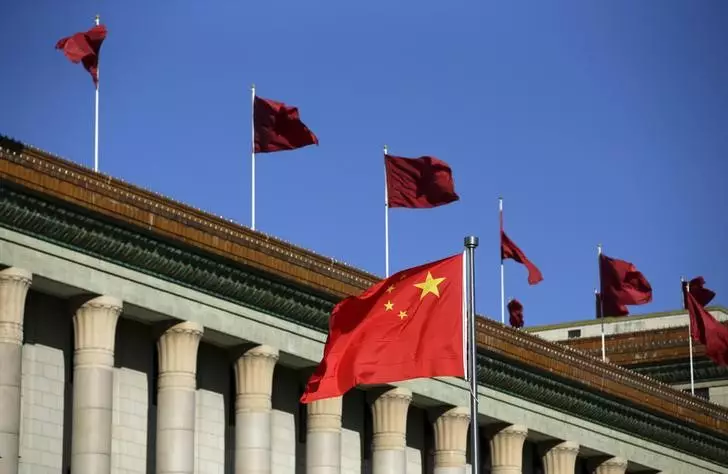In September 2024, China’s government unveiled a substantial economic stimulus package, stirring discussions about its potential to rejuvenate the nation’s sluggish economy. Dubbed a “monetary easing cocktail,” this initiative blends several monetary tools designed to inject liquidity into the economy and stabilize markets. However, skeptical analysis reveals that while this stimulus may pave the way for short-term relief, it might fail to address the underlying structural impediments that have hampered robust economic growth for years.
The new stimulus encompasses five key components. Foremost, the People’s Bank of China (PBoC) announced a 50-basis-point cut to the Reserve Requirement Ratio (RRR) for banks, aimed at increasing the availability of funds in the banking system. Coupled with a 20-basis-point reduction in the 7-day reverse repo rate, these adjustments are expected to lower borrowing costs marginally for consumers and businesses alike.
In a bid to invigorate the beleaguered property market, mortgage rates were also decreased by 50 basis points, alongside relaxed down-payment regulations for those purchasing second homes. Additionally, the PBoC introduced an RMB 800 billion liquidity support package aimed at enhancing equity purchases by securities firms and listed corporations. This measure ostensibly seeks to bolster the stock market’s performance. Lastly, there is enhanced financing directed at state-owned enterprises to convert unsold residential properties into affordable rental units, addressing some pressures in the property sector.
Despite this multifaceted approach, a critical appraisal by BCA Research raises doubts about the effectiveness of these measures in fostering a significant economic revival. Important issues such as stagnant employment and income levels pose substantial barriers to increased consumer spending and borrowing. Although the reduction in mortgage rates could alleviate some financial pressure on households, the anticipated annual savings of approximately RMB 150 billion merely provides a minimal boost—estimated at around 0.3%—to consumer spending.
Furthermore, the underlying employment landscape presents a daunting challenge. As job prospects continue to dwindle and wages stagnate, it becomes increasingly difficult for household consumption to rebound. The marginal benefits of decreased borrowing costs do little to assuage these realities. A robust recovery requires not just lower rates but also a thriving job market to encourage consumer confidence and spending.
A pivotal issue underpinning China’s economic framework is the weak demand for loans. While the RRR cut may ostensibly enhance liquidity within the banking system, the fundamental challenge lies in households’ and businesses’ reluctance to borrow in a deflationary environment with persisting concerns about falling property prices. The current prime lending rate, still around 5%, does not incentivize new borrowing, as many potential borrowers remain hesitant to engage in debt accumulation.
The property sector, historically a cornerstone of China’s growth, currently endures substantial pressure. This downward spiral is exacerbated by diminishing consumer confidence, which discourages new investments and spending. Consequently, without a significant shift in market sentiment or improved economic conditions, the stimulus package may ultimately fail to catalyze the needed recovery.
Beyond immediate financial mechanisms, the broader structural barriers posed by local governments complicate the scenario even further. Governance issues, including heightened anti-corruption scrutiny, have led to an increasingly cautious approach among local officials. Many decline to greenlight new infrastructure projects or engage in additional borrowing, which traditionally played a crucial role in stimulating economic activity during downturns.
As a result, the lack of vigorous local government spending severely undermines a critical avenue for economic expansion. Analysts from BCA argue that the combination of debt deflation and the balance sheet recession calls for more aggressive measures than those currently proposed. They advocate for targeted quantitative easing focused on the housing sector and direct fiscal transfers to households as vital components for reviving the economy.
While China’s recent stimulus efforts may offer fleeting relief to certain sectors such as equity markets, they do not address the deeper, structural issues that plague the economy. Investors are encouraged to remain cautious; while there may be opportunities within the Chinese A-shares, the broader outlook remains clouded by geopolitical uncertainties and potential global economic slowdowns. Until China tackles these systemic challenges decisively, its economic future may continue to waver, necessitating a more comprehensive strategy to foster sustainable growth.

